There is nothing timid about Aloe arborescens. At six to eight feet tall and at least that wide, with multiple, densely packed rosettes of thick, succulent, bluish gray-green leaves, this adaptable, shrubby aloe takes the stage wherever it is planted. Native to summer-rainfall southeastern Africa, the torch aloe, as it is often called, also thrives in mild-winter, summer-dry climates.
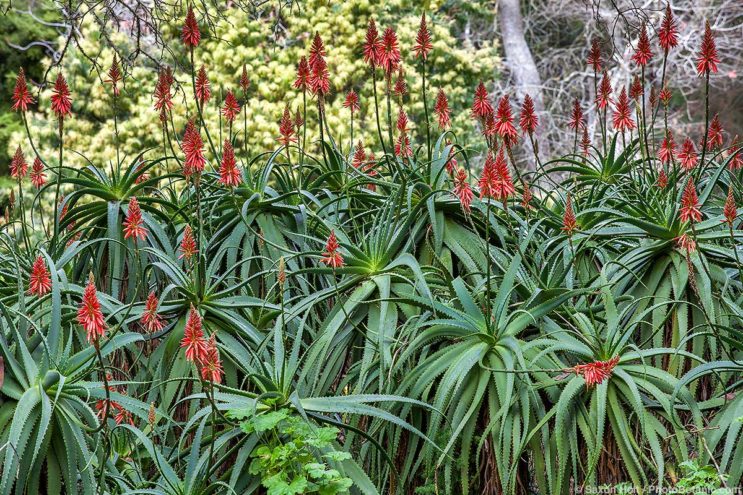
Aloe arborescens
Not content to dominate by size alone, in winter this aloe sends forth upright spikes of intensely red or red-orange, tubular flowers that rise two feet above the leaves. A mature plant with dozens of flowering spikes is a memorable sight, and the nectar serves as a wintertime food source for bees and hummingbirds.
Left to its own devices, the plant is fast growing, with a tangle of arching leaves so dense that the short main trunk and multiple stems cannot be seen. The fierce-looking marginal teeth are firm but not particularly sharp or spiny, so it is fairly easy to tame by pruning of individual rosettes or carefully selected stems. Offsetting “pups” that form near the base can be removed and planted elsewhere or given to friends.
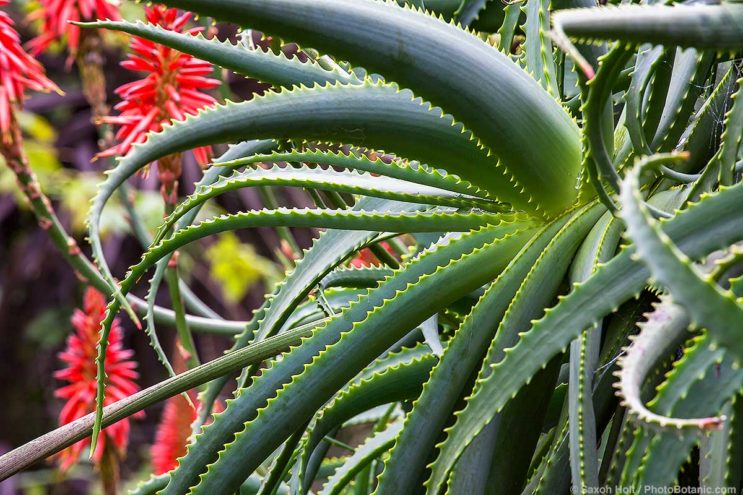
Aloe arborescens leaves
Aloe arborescens is naturally found in various habitats from the foggy seacoast to frosty mountaintops and from eastern South Africa north to Malawi and west along the coast toward summer-dry Cape Town. With such a wide natural range, the plant is quite variable and cultivars have been selected with variegated leaves or with yellow or yellow-and-orange flowers.
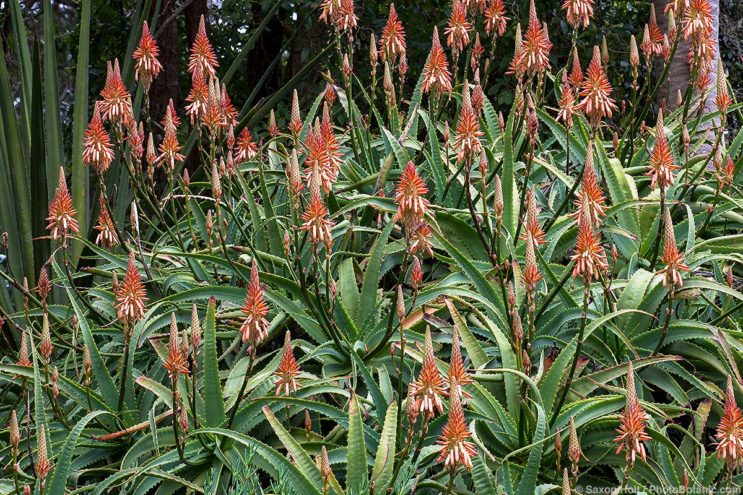
A form of Aloe arborescens with orange flowers
Variegated forms, offered as ‘Variegata’ or ‘Gold Rush’, have green leaves with creamy yellow margins or green-striped creamy yellow leaves. ‘Mutabilis’ (A. mutabilis) is a much smaller and somewhat more cold-hardy plant with blue-green leaves and yellow flowers from red-orange buds. ‘Tangerine’, a hybrid with the spiny, single-stemmed, large-flowered A. ferox, has true orange flowers.
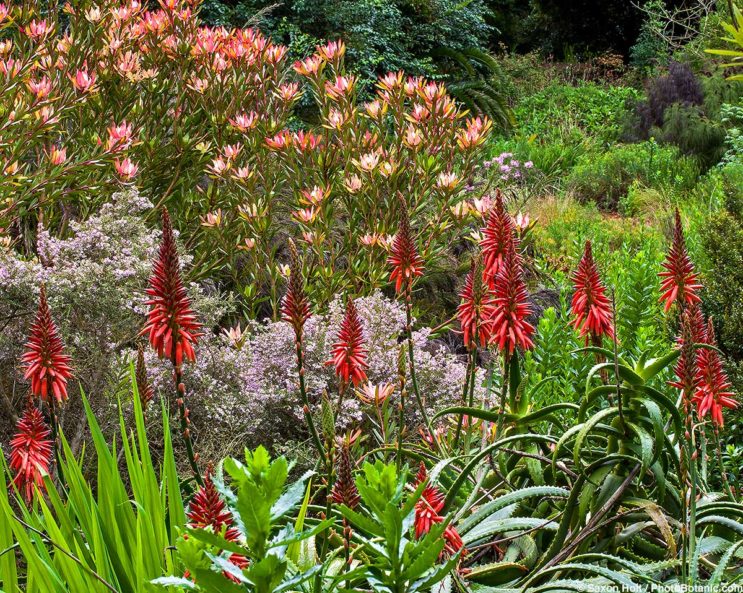
Aloe arborescens with Leucadendron ‘Safari Sunset’
Aloe arborescens does best in all-day full sun but appreciates part shade or afternoon shade in hot-summer climates, especially those with variegated leaves. Saline soils and salt-laden winds are not a problem for most forms. Good drainage is essential.


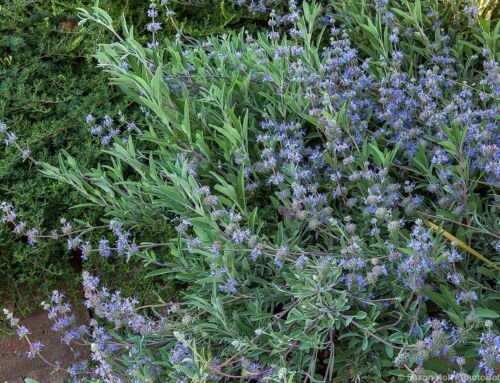
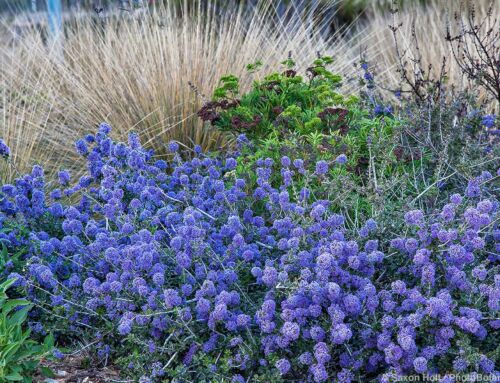
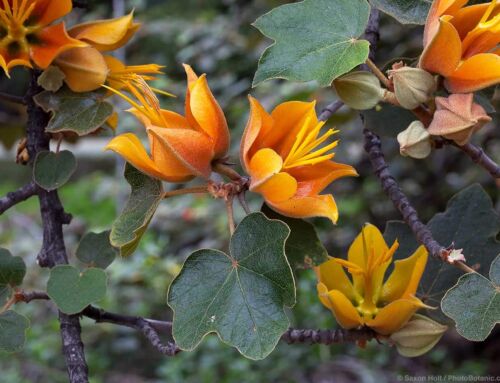
Leave A Comment